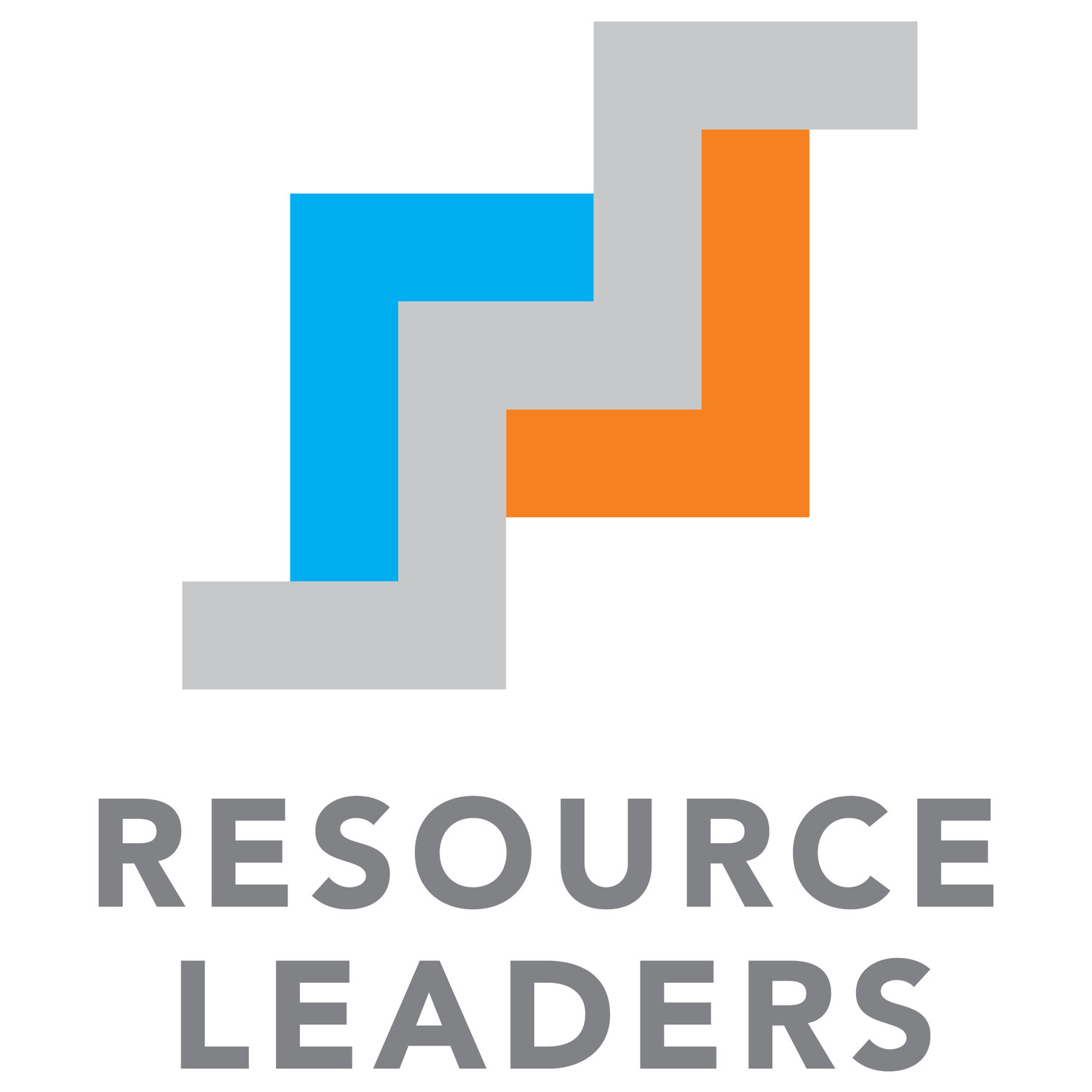Not so long ago, wearables such as fitness bands were just considered a fad that would lose its popularity in a short frame of time. However, in the recent times, wearables have gained strong traction and have evolved from simple fitness trackers to more advanced and innovative devices capable of monitoring the overall health of individuals. It would not be wrong to term these devices as mobile doctors now!
Recent innovations at events are showing the trend that manufacturers are not only making wearables more functional and integrated into our daily lives, but are also paying close attention to aesthetics and comfort. New features such as long battery life, compact size and the ability of the wearable to be part of the connected ecosystem have enhanced the popularity of wearable devices among consumers. These tiny devices, whether in the form of wristwatches, smart garments, or other forms, will have the capability to monitor and track different body functions, collect a host of data from different body parts, analyze such data with the help of machine learning & artificial intelligence and communicate such data to healthcare practitioners for proactive health monitoring of an individual.
Here are some of the notable health wearables showcased at CES 2017:
- Polar Team Pro Shirt for performance tracking of team sports players
- New Balance's wearable solution RunIQ for runners
- Bodytrak In-Ear Thermometer/Body Monitoring Platform
- TempTraq's 48 hour patch thermometer
- Motiv fitness tracking ring
- First wearable ECG monitor from Qardio
- 2Breathe Sleep Inducer
- Motio HW for Sleep Apnea from Kyomed and Neogia
- J&J and Rest Device's Wearable Baby Monitor
- Doppel's mood-changing wristband
- Bloomlife's pregnancy tracking wearable
- BAC alert wearable from Proof and BACTrack's version which measures the Transdermal Alcohol Content
- Kaishi's Fetal Heart Monitor for pregnant women
- Leti's wearable EEG device Relax
- Lohas Tech's BioRF artery radar
- Neofect's Rapael Smart Glove for stroke patients
- Smart glasses for the visually impaired from Aira
- Samsung's Creative Labs solutions including S-Skin for home skincare analysis
The central theme of wearables now is digitization and democratization of healthcare. It is moving beyond hype to become a mainstream healthcare application for monitoring of patients and individuals. The demand for wearable medical devices and remote patient monitoring systems is increasing, and the 2016 report by Grand View Research predicts that the global market is expected to reach $612 billion in the next seven years.
So, what is driving this phenomenal growth in wearables, especially health-related wearables? There is a growing need among healthcare professionals to gather more and more data for more coordinated and efficient healthcare delivery as well as offer personalized healthcare to individuals and patients. In addition, health insurers and their employer clients are covering the cost of health wearables due to the premise that it leads to better enrollee health and benefits all the players.
Wearables are well poised to become a key enabler to achieve these goals. We will still need our doctors, however, we will increase our reliance on these tiny mobile doctors embedded in our bodies for our daily healthcare needs.




